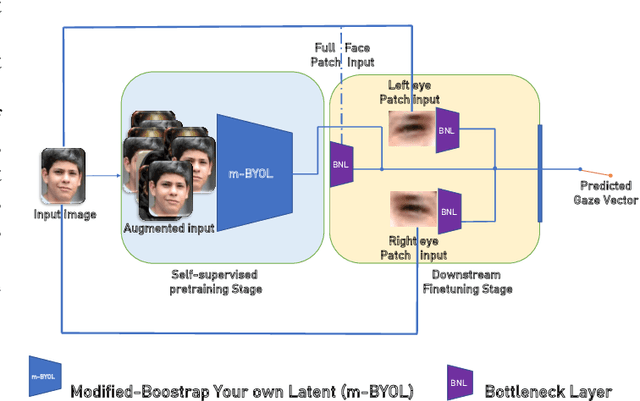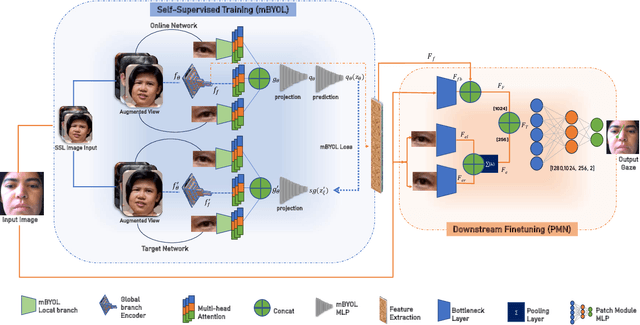Samuel Adebayo
AlzhiNet: Traversing from 2DCNN to 3DCNN, Towards Early Detection and Diagnosis of Alzheimer's Disease
Oct 03, 2024Abstract:Alzheimer's disease (AD) is a progressive neurodegenerative disorder with increasing prevalence among the aging population, necessitating early and accurate diagnosis for effective disease management. In this study, we present a novel hybrid deep learning framework that integrates both 2D Convolutional Neural Networks (2D-CNN) and 3D Convolutional Neural Networks (3D-CNN), along with a custom loss function and volumetric data augmentation, to enhance feature extraction and improve classification performance in AD diagnosis. According to extensive experiments, AlzhiNet outperforms standalone 2D and 3D models, highlighting the importance of combining these complementary representations of data. The depth and quality of 3D volumes derived from the augmented 2D slices also significantly influence the model's performance. The results indicate that carefully selecting weighting factors in hybrid predictions is imperative for achieving optimal results. Our framework has been validated on the Magnetic Resonance Imaging (MRI) from Kaggle and MIRIAD datasets, obtaining accuracies of 98.9% and 99.99%, respectively, with an AUC of 100%. Furthermore, AlzhiNet was studied under a variety of perturbation scenarios on the Alzheimer's Kaggle dataset, including Gaussian noise, brightness, contrast, salt and pepper noise, color jitter, and occlusion. The results obtained show that AlzhiNet is more robust to perturbations than ResNet-18, making it an excellent choice for real-world applications. This approach represents a promising advancement in the early diagnosis and treatment planning for Alzheimer's disease.
SLYKLatent, a Learning Framework for Facial Features Estimation
Feb 02, 2024



Abstract:In this research, we present SLYKLatent, a novel approach for enhancing gaze estimation by addressing appearance instability challenges in datasets due to aleatoric uncertainties, covariant shifts, and test domain generalization. SLYKLatent utilizes Self-Supervised Learning for initial training with facial expression datasets, followed by refinement with a patch-based tri-branch network and an inverse explained variance-weighted training loss function. Our evaluation on benchmark datasets achieves an 8.7% improvement on Gaze360, rivals top MPIIFaceGaze results, and leads on a subset of ETH-XGaze by 13%, surpassing existing methods by significant margins. Adaptability tests on RAF-DB and Affectnet show 86.4% and 60.9% accuracies, respectively. Ablation studies confirm the effectiveness of SLYKLatent's novel components. This approach has strong potential in human-robot interaction.
 Add to Chrome
Add to Chrome Add to Firefox
Add to Firefox Add to Edge
Add to Edge